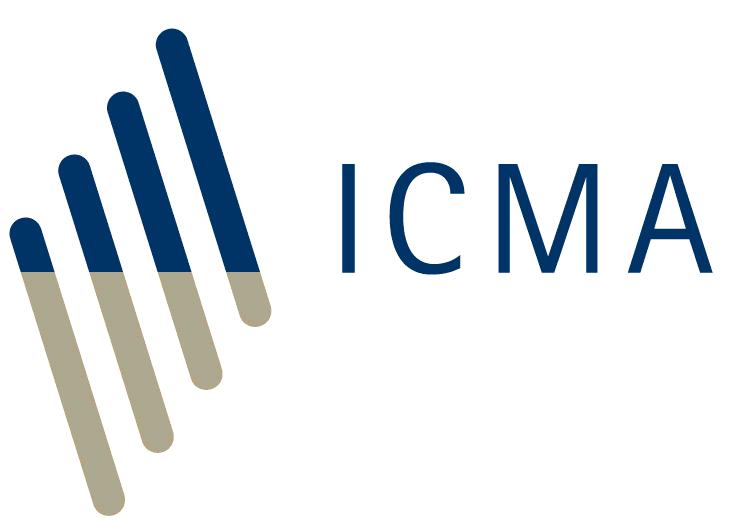The following definitions are based on official sector publications or recommendations, notably by the Financial Action Task Force (FATF), the Financial Stability Board (FSB) and the European Central Bank (ECB). Some of the below terms are sometimes used interchangeably and definitions may vary depending on the jurisdiction and perspective, for example, whether from a regulated, financial markets angle, a crypto-market perspective or through a broader anti money laundering (AML) lens.
Virtual asset: a digital representation of value that can be digitally traded, or transferred, and can be used for payment or investment purposes. Virtual assets do not include digital representations of fiat currencies, securities and other financial assets that are already covered elsewhere in the FATF Recommendations. (FATF recommendations, Updated March 2022)
Crypto-asset: a type of private asset that depends primarily on cryptography and distributed ledger or similar technology as part of their perceived or inherent value. These are also referred to as cryptocurrencies. (FSB: Crypto-asset markets: Potential channels for future financial stability implications, 2018). The EU’s proposed Markets in Crypto-Assets (MiCa) regulation defines a crytpo-asset more broadly as “a digital representation of value or rights which may be transferred and stored electronically, using distributed ledger technology or similar technology” (Art. 3-1 (2)). Examples include Bitcoin, Ether, Tether, Algorand and Stellar, amongst others.
Digital asset: a digital instrument that is issued or represented through the use of distributed ledger or similar technology. This does not include digital representations of fiat currencies. (FSB: Assessment of Risks to Financial Stability from Crypto-assets, 2022)
Native digital asset: a security that is originally issued, recorded and kept in a DLT-based system. (ECB: The use of DTL in post-trade processes, 2021)
Back to Frequently Asked Questions on DLT and blockchain in bond markets
<<< Previous page Next page >>>







